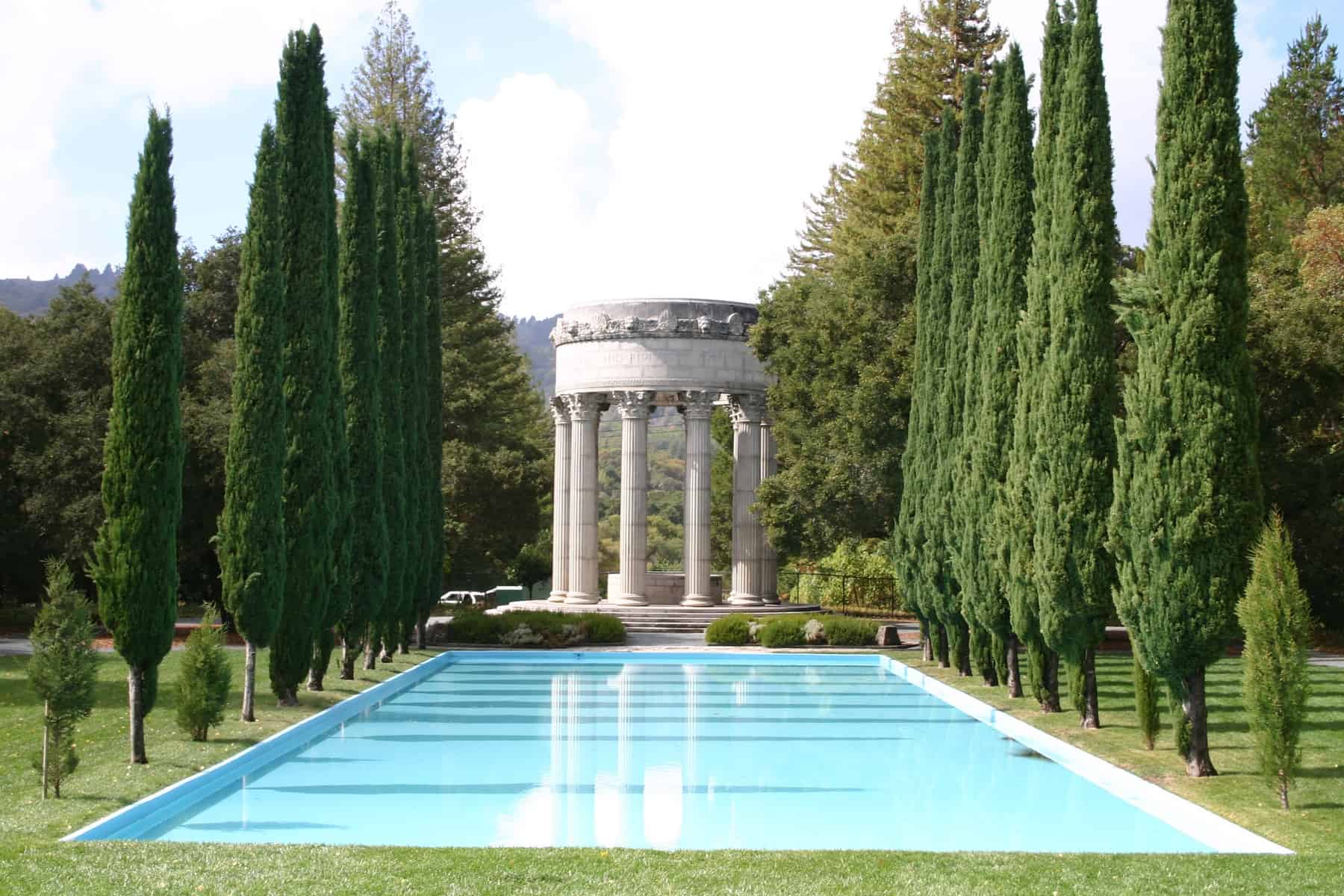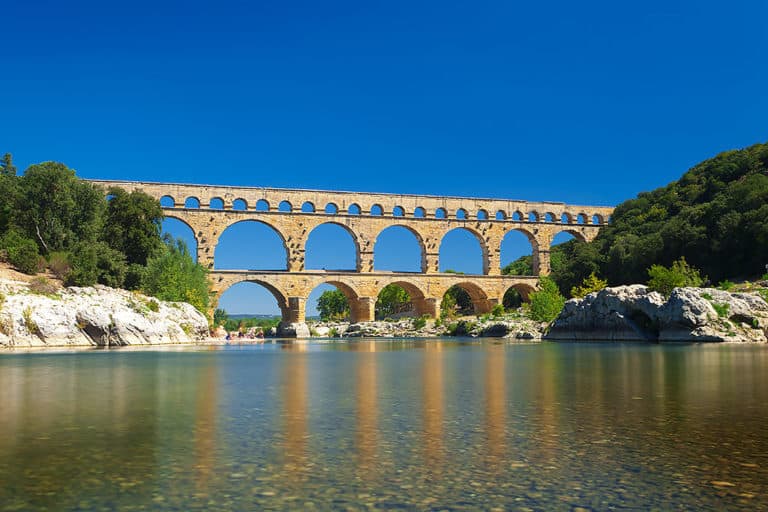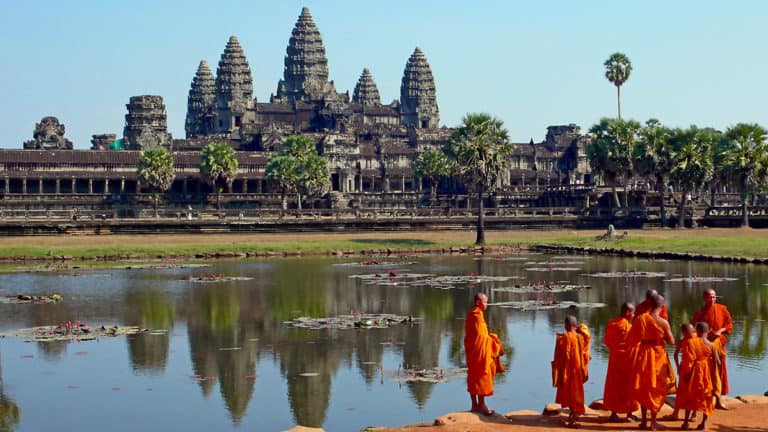
Water and civilization go hand-in-hand. The idea of a “hydraulic civilization” argues that water is the unifying context and justification for many large-scale civilizations throughout history. For example, the various multi-century Chinese empires survived as long as they did in part by controlling floods along the Yellow River.1Fred Pearce, When The Rivers Run Dry: Water—the Defining Crisis of the Twenty-First Century (Boston: Beacon Press, 2006). One interpretation of the hydraulic theory is that the justification for concentrating populations into large cities is to manage water. Another interpretation suggests that large water projects enable the rise of megacities.
The Romans understood the connections between water and power, as the Roman Empire built a vast network of aqueducts throughout land they controlled, many of which remain intact. For example, Pont du Gard in southern France stands today as a testament to humanity’s investment in its water infrastructure. Romans built roads, bridges, and water systems as a way of consolidating their power and “Romanizing” new territory.2A.T. Hodge, Roman Aqueducts and Water Supply, 2nd edition (London: Bristol Classical, 2002). Ultimately, Europe’s Roman water infrastructure came to be considered one of the ancient world’s greatest achievements. Similar to its role in the Chinese empires, water helped the Romans celebrate and hold power, not unlike modern politicians who erect dams as monuments to themselves.

Other ancient civilizations collaborated to build massive waterworks, like the Khmer Empire’s vast water network that reached its apex in the thirteenth century CE. The most well-known feature of this water system is the temple known as Angkor Wat.3Richard Stone, “Divining Angkor,” National Geographic, July 2009; and Fred Pearce, When The Rivers Run Dry: Water—the Defining Crisis of the Twenty-First Century (Boston: Beacon Press, 2006). This massive temple complex included water retention ponds, storage systems, distribution channels, and a water temple, which is the main religious shrine most obviously associated with the site.

In a similar vein, the San Francisco Water Department erected a water temple in 1934 to celebrate the completion of the Hetch Hetchy Aqueduct carrying water from a reservoir approximately 260 kilometers (160 miles) away in the Sierra Nevada mountains.4“Pulgas Water Temple,” San Francisco Water Power Sewer, accessed August 25, 2016, link.
Just as water and civilization go hand in hand, water scarcity can influence societal collapse. Ecological strain, such as sustained drought, exerts stress on water systems.5Jared Diamond, Collapse: How Societies Choose to Fail or Succeed (New York: Viking, 2005); and Brian Fagan, The Great Warming: Climate Change and the Rise and Fall of Civilizations (London: Bloomsbury Press, 2008). While Angkor Wat and the surrounding water system helped consolidate power for the Khmer Empire, when the water system failed, Angkor’s power went with it. Separate research revealed that three of the five Chinese dynasties—the Tang (618–907), Yuan (1271–1368) and Ming (1368–1644)—collapsed coincidentally with periods of multi-decade drought.6P. Zhang, et al., “A test of climate, sun and culture relationships from an 1810-year Chinese cave record,” Science 322 (2008): 940-942, accessed August 25, 2016, DOI: 10.1126/science.1163965. The Roman Empire also collapsed at a time coincident with sustained drought.7Katherine Unger, “Drought to blame for Rome’s decline?” Earth Magazine, February 2009.
Other water-related societal collapses include the end of the Maya Empire around 900 CE, which is one of the more spectacular collapses in recorded history. Although debate remains about the precise timeline and causes of the Maya collapse, researchers have suggested that climate change and extended drought along with failure of water transportation systems triggered a decline in population by fifty percent or more over the span of a few decades.8Guy Gugliotta, “The Maya: Glory and Ruin,” National Geographic, August 2007; Heather Pringle, “Did Pulses of Climate Change Drive the Rise and Fall of the Maya?” Science 338 (2012): 730-731, accessed August 25, 2016, DOI: 10.1126/science.338.6108.730; and Heather Pringle, “A New Look at the Mayas’ End,” Science 324 (2009): 454-456, accessed August 25, 2016, DOI: 10.1126/science.324_454. The Maya collapse coincides roughly with that of the Tang dynasty around 907 CE. Brian Fagan’s work on the rise and fall of civilizations links these two events with global climate change.9Brian Fagan, The Great Warming: Climate Change and the Rise and Fall of Civilizations (London: Bloomsbury 2008). On the contrary, simultaneous global shifts in precipitation improved agricultural yields and multi-generational political stability in Europe.
The regions in the Middle East and North Africa experiencing civil unrest in the twenty-first century are also those enduring battles over access to energy resources or where drought has strained food supplies.10Peter H. Gleick, “Water, Drought, Climate Change, and Conflict in Syria,” Weather, Climate, and Society 8 (2016), doi: 10.1175/WCAS-D-13-00059.1. For an oversimplified example, drought in Syria contributed to economic depression of farmers, who fled to the cities to find work. Large, urban populations of the unemployed fanned the flames of civil unrest. Because modern water systems depend so heavily on energy, that means modern society depends on both energy and water. An energy shortage can quickly become a water shortage, critically destabilizing society.
Image Credits: Leslieakf/CC BY-SA 3.0; sam garza/CC BY 2.0.
Update your browser to view this website correctly.Update my browser now